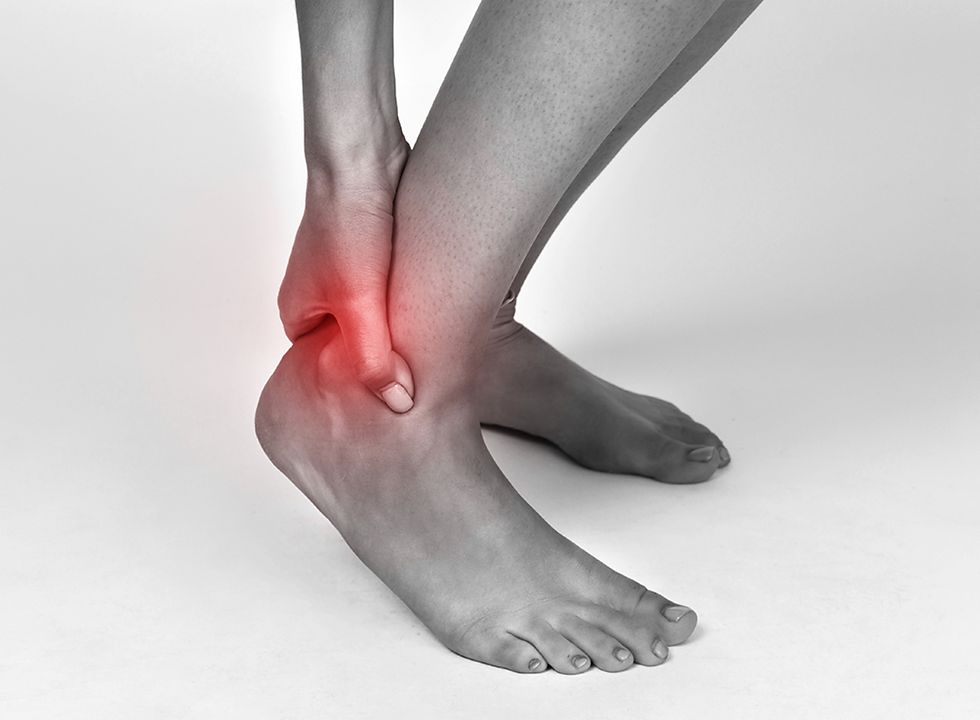Vertigo: How Physiotherapy Can Help Ease Your Symptoms
- Christopher nour

- Jan 9, 2024
- 2 min read
Benign paroxysmal positional vertigo (BPPV) is a common disorder that affects the inner ear, resulting in a sensation of spinning or dizziness. This condition can occur due to various reasons such as head trauma, ear surgery, viral infections, or simply aging. BPPV occurs when small calcium crystals called otoliths become dislodged from their normal position in the inner ear and move into one of the semicircular canals.

BPPV is characterised by brief episodes of vertigo that are triggered by specific head movements, such as rolling over in bed, looking up, or bending down. The symptoms of BPPV can be quite distressing and can interfere with daily activities. However, the good news is that BPPV is easily treatable with physiotherapy.
Physiotherapy is a safe and effective treatment for BPPV that involves a series of manoeuvres designed to move the dislodged calcium crystals out of the affected semicircular canal and back into their proper position in the inner ear. The most commonly used manoeuvres in physiotherapy for BPPV are the Epley manoeuvre and the Semont manoeuvre.
The Epley manoeuvre involves a series of head movements that are designed to move the dislodged calcium crystals from the affected semicircular canal into the utricle, where they will no longer cause symptoms. The Semont manoeuvre is similar to the Epley manoeuvre but involves a more rapid and forceful movement of the head.
Both the Epley and Semont manoeuvres are typically performed by a trained physiotherapist, and patients can often experience immediate relief from their symptoms after just one or two sessions. It is important to note that while physiotherapy is a safe and effective treatment for BPPV, it is not suitable for everyone. Patients with certain medical conditions or who are taking certain medications may not be able to undergo physiotherapy and may require alternative treatment options.
In addition to physiotherapy, there are several other self-care measures that can help to manage the symptoms of BPPV. These include avoiding sudden changes in head position, sitting up slowly, and sleeping with the head elevated. Patients should also avoid driving or operating heavy machinery until their symptoms have resolved.
BPPV is a common condition that can cause significant distress and disruption to daily life. However, physiotherapy is a safe and effective treatment option that can provide quick relief from symptoms. If you are experiencing symptoms of BPPV, it is important to seek medical attention to determine the underlying cause and appropriate treatment options. Book in a session today and start your journey to recovery.



Comments